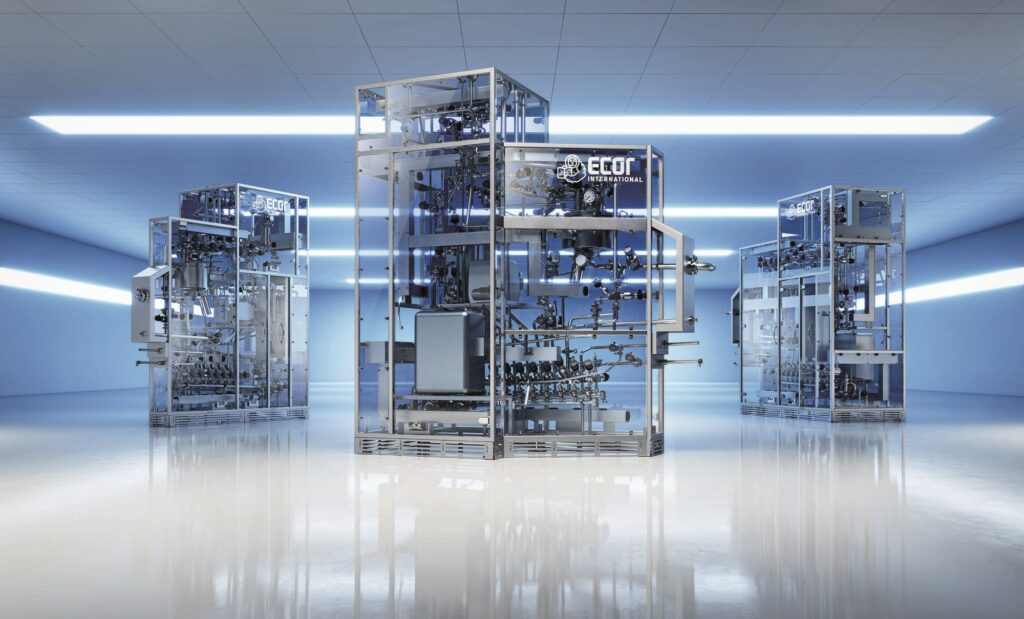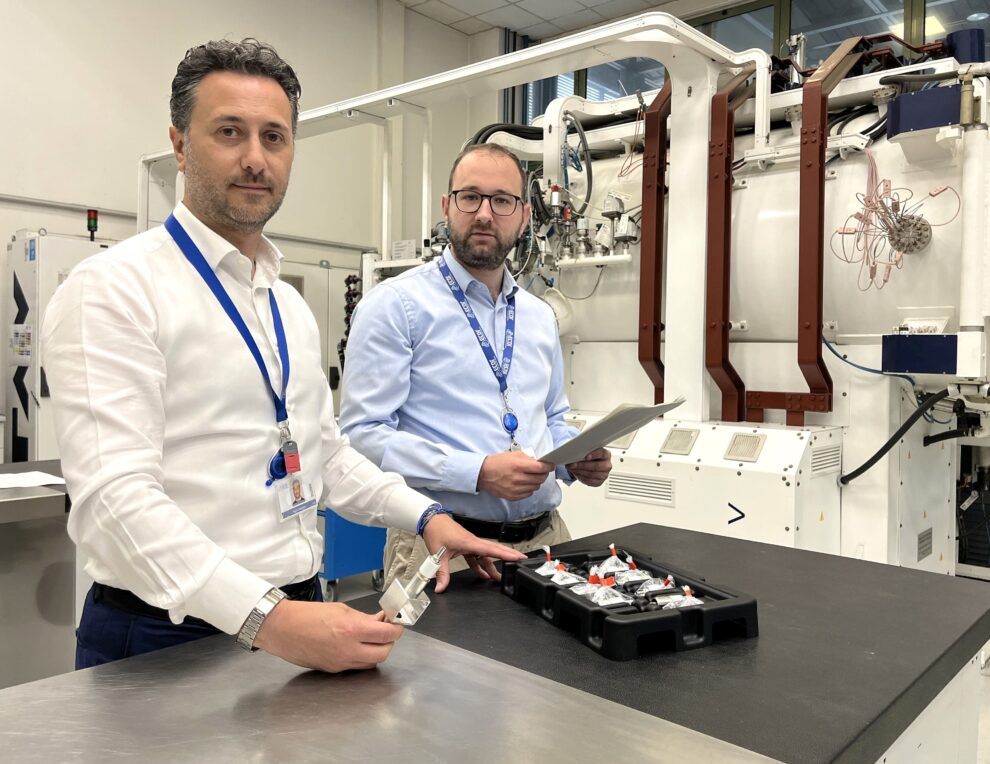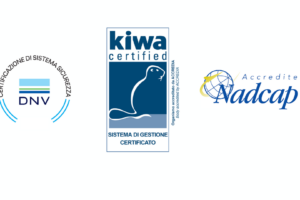Co-engineering service, established for years by major players in the pharmaceutical industry, represents an extended collaboration far more advanced than simple component supply. This methodology not only streamlines the development process for plants and products but also guides customers towards optimized solutions in reduced timeframes.
An example of this partnership is seen in a case study regarding the co-design of a washing and sterilization plant for pharmaceutical production lines.
The process began with the client, a key player in the pharmaceutical sector, sharing User Requirement Specifications (URS). This information was then transferred to Ecor International’s team of experts, who initiated work on the module of interest to the client.
Ecor International’s specialists analyzed this technical information and engaged in discussions with the client to ensure a clear understanding of the requirements and their feasibility, while also identifying any potential challenges. This dialogue allowed for the refinement of technical details and the establishment of a shared vision for the project.
At this stage, alternative or improved solutions can be proposed. For instance, in the co-design of the washing system, a proposal was made to incorporate a heat recovery system for the washing water that would otherwise be drained, enabling pre-heating of the water. This implementation led to the elimination of one of the three electric resistors used to heat the clean water.
As a result, there was a direct cost saving for the system (the introduction of the exchanger cost less than the eliminated resistor) and a reduction in the system’s operating expenses, thereby lowering energy requirements.
Subsequently, the co-design phase of the plant began. In this case, it was managed in a hybrid manner: partly at Ecor International’s offices and partly at the client’s technical offices with a dedicated resource from Ecor International. This approach facilitated a continuous flow of information and direct collaboration between the two parties. In general, co-design can be conducted in person or remotely.
Throughout the design process, regular alignment meetings were held to monitor the project’s progress, coordinate efforts, and assess any necessary updates or implementations. Some of these meetings are scheduled during the drafting phase of the project GANTT and represent significant milestones where, together with the client, a portion or the entirety of the project is validated before proceeding to the next phase.
This approach ensured smooth communication and enabled quick adaptation of the project to any implementations. In this case study, the client chose to prepare the plant to accommodate filters of various sizes, in addition to those initially specified. This required modifying the layout of a portion of the plant to accommodate the larger sizes. However, in the future, it will allow the client to have a more flexible plant capable of handling different products and productions without the need for plant modifications, simply by changing components.
Finally, after design approval, the plant was put into production.

“Dozens of co-design experiences over the years lead us to state that this model is win-win for both customer and partner,” explains Fabio Pozzebon, Business Manager Pharma, Ecor International. “We understand the possible hesitations regarding the sharing of information, often core competencies, by pharmaceutical companies. Our professionalism also lies in handling confidential information, and the basis of every partnership is trust between the parties.
The skills of Ecor International and the Il Sentiero International Campus Research Centre are very specialised (e.g. on metallurgy, corrosion, tribology…) and transversal, without encroaching on the specific competences of clients‘.
The advantages of this form of co-design are:
- The company operating in the pharmaceutical market had access to a dedicated specialist in the field of manufacturing critical components in this sector.
- Thanks to the shared documents created within the client’s systems and regular alignment meetings, the exchange of information was fluid, promoting flexibility.
- Updates were implemented more quickly.
- Through the partnership with Ecor International, the client could focus on implementing the system without worrying about the technical details of the design.
- Reduced time to market.
In conclusion, co-design proves to be an effective approach for developing complex pharmaceutical plants.
Thanks to the synergy of this partnership, efficiency can be maximized, and high-level results can be achieved in the shortest possible time.










 @EcorIntern
@EcorIntern